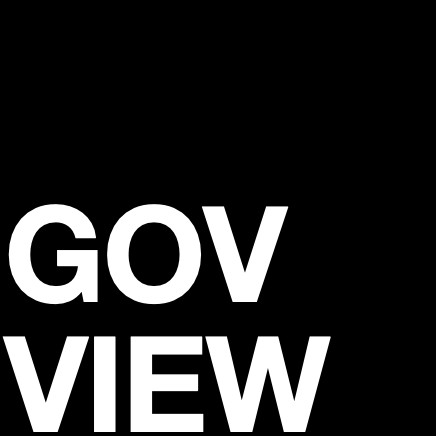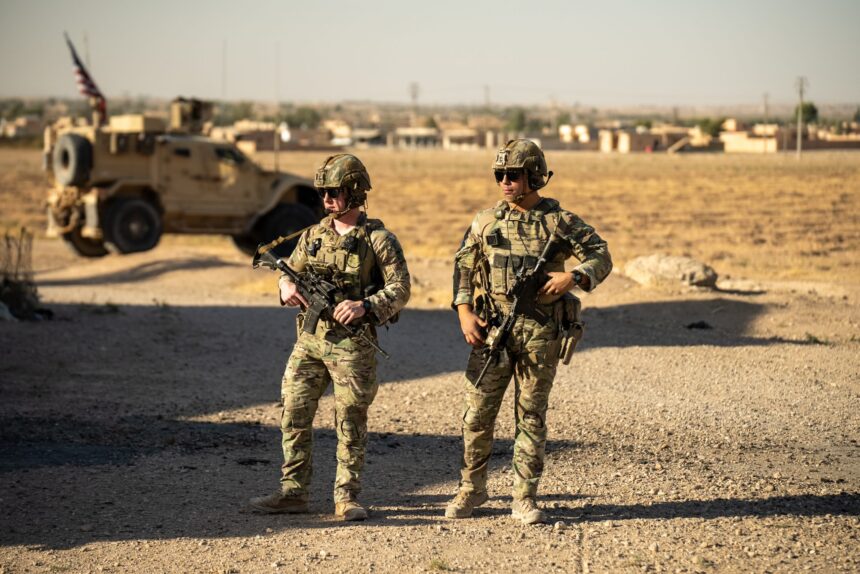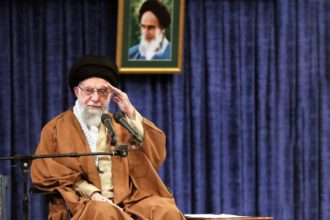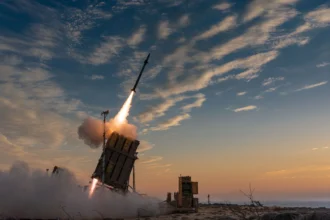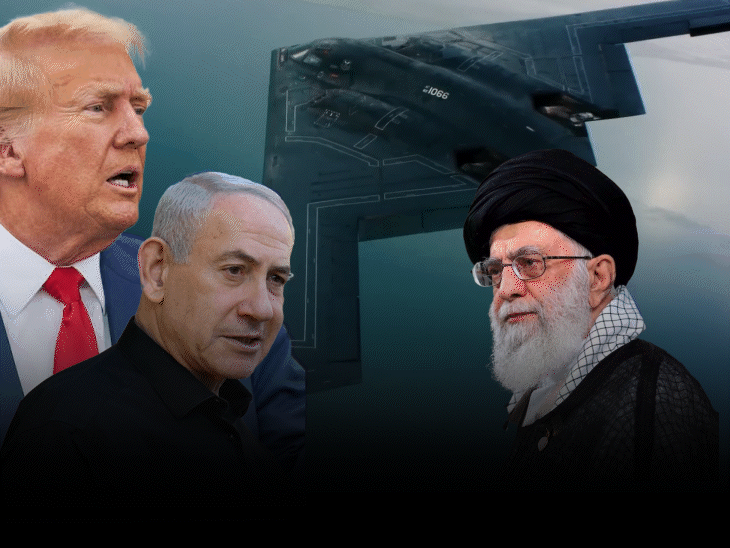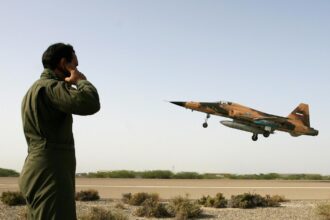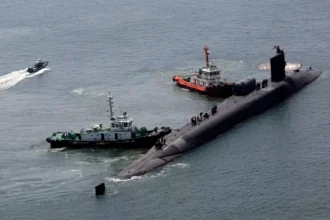As tensions escalate in the Middle East, speculation grows about whether the United States might launch a military strike against Iran. While the U.S. has historically maintained both diplomatic and military pressure on Iran—particularly regarding nuclear development, regional militancy, and proxy warfare—the decision to engage in direct military action remains highly complex and influenced by several strategic factors.
Current Tensions and Triggers
The ongoing conflict involving Israel and Iran-backed groups, such as Hezbollah and militias in Syria and Iraq, has raised the stakes. If Iran is perceived as directly attacking U.S. personnel or assets in the region, or if an Israeli strike prompts a broader war, the likelihood of U.S. involvement increases sharply. Washington has also warned that it will defend its allies and interests, leaving the door open for a strike if provoked.
Key Factors That Influence the Possibility of a U.S. Strike
- Defense of Allies: If Iran attacks Israel or Gulf allies (like the UAE or Saudi Arabia) in a significant way, the U.S. may respond militarily.
- Iran’s Nuclear Activity: Any sign of Iran moving closer to weaponizing its nuclear program could trigger a preemptive or retaliatory strike.
- American Casualties: If Iran-backed militias or IRGC units directly cause American deaths, the Biden administration (or a future administration) could face strong internal and external pressure to retaliate.
- Geopolitical Calculus: The U.S. may avoid striking Iran to prevent a regional war that could drag in multiple nations, disrupt oil supplies, and trigger global economic consequences.
- Presidential Politics: Domestic political factors—including a U.S. election year—can shape decisions on military engagement. A president may seek to avoid entanglement or could act assertively to project strength.
Military Readiness
The U.S. has already repositioned carrier strike groups and additional military assets in the region to deter escalation. Intelligence and surveillance have been increased around Iran’s nuclear and military sites. While these preparations are defensive, they also create the logistical possibility of a swift strike if ordered.
Conclusion
The chance of a U.S. strike on Iran is conditional, not guaranteed. It largely depends on whether Iran crosses key red lines—like direct attacks on U.S. forces or significant escalation against American allies. At this stage, both sides are engaging in strategic posturing, but neither appears ready to declare all-out war.
Still, as the situation evolves rapidly, the U.S. could move from deterrence to action if provoked, particularly if regional stability or American lives are put at serious risk.
